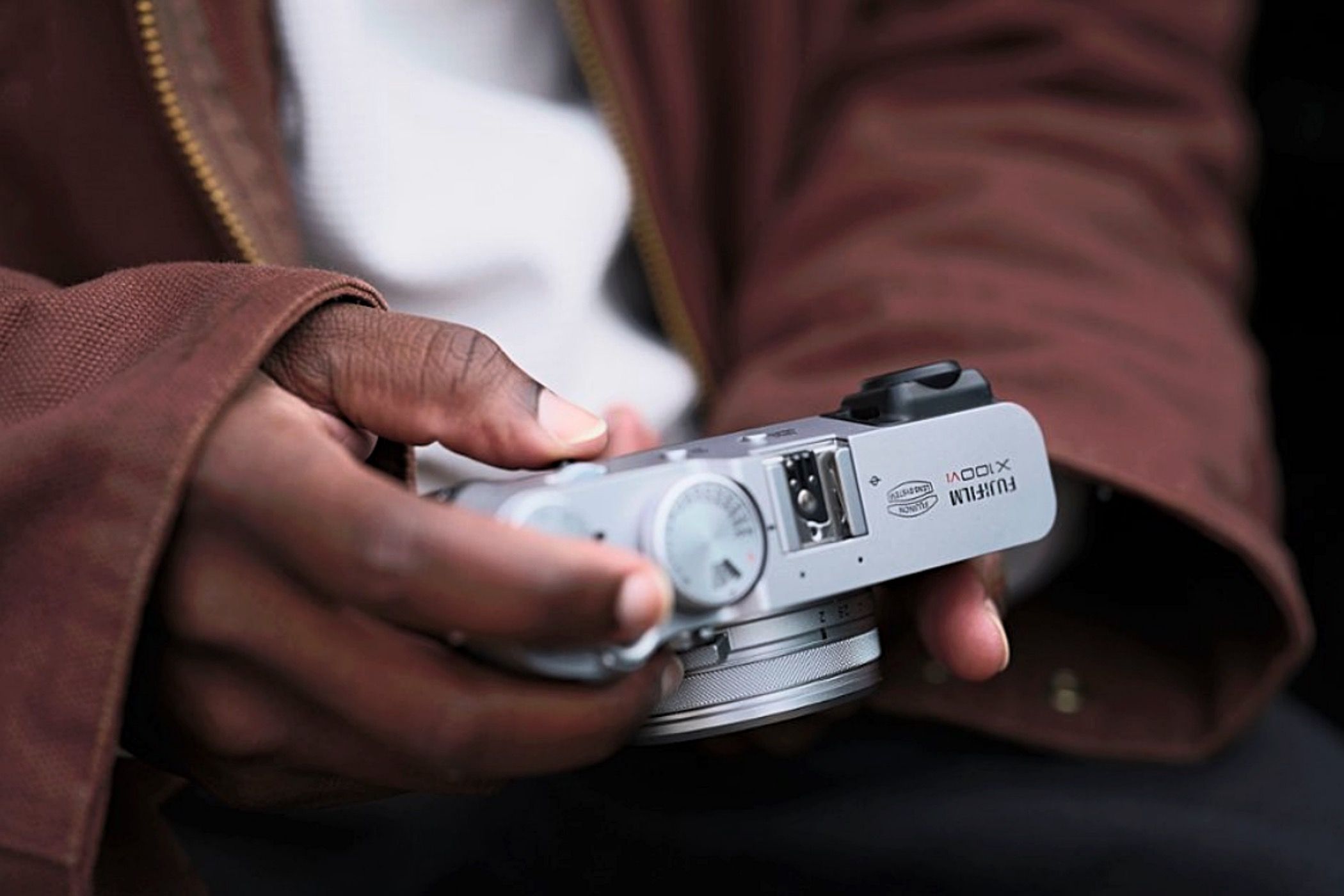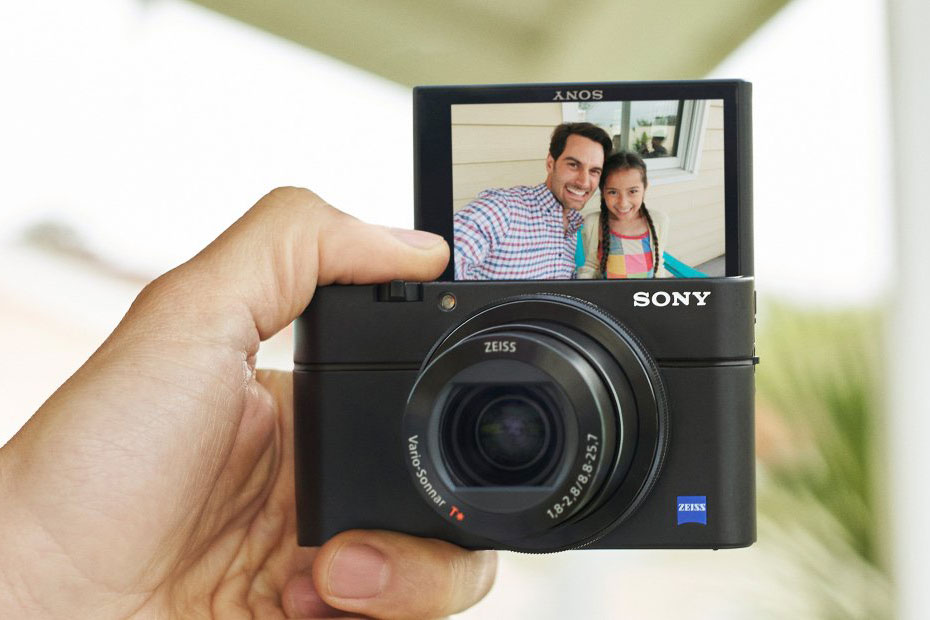How to Properly Load Film into Your Point and Shoot Camera
As a professional photographer, you understand the unique charm and quality that film brings to your photography. However, handling film can be somewhat of an art itself. Ensuring that you load the film correctly into your point and shoot camera can make all the difference in capturing that perfect shot. Knowing 'how to load film into a point and shoot camera' is fundamental skill that every photographer should master, regardless of their experience level.

Why Choose a Point and Shoot Camera for Film Photography?
Point and shoot cameras offer several advantages for professionals. They are compact, easy to use, and produce high-quality images. Many professional photographers use them for street photography, portraits, and even landscapes. Although digital innovation seems to dominate the photography world, the analog charm of film photography cannot be replaced. The texture, grain, and color rendition film provides add a unique dimension to your photos. For more detailed insights on why professionals favor these cameras, check out our article on what point and shoot camera do professionals use.

Preparations Before You Load the Film
Choosing the Right Film
The first step is to choose the right type of film for your project. This depends on what kind of photography you're planning. Color films like Fuji's Provia FM or Kodak Ektar are excellent for vibrant landscapes and portraits, whereas black and white films such as Ilford HP5 and Kodak TRI-X provide a classic look. Always check the ISO rating of the film since this will affect the exposure settings. For more on film types, you can refer to our detailed guide on what is a digital point and shoot camera.
Checking the Camera
Before loading the film, ensure your camera is functioning correctly. Check the battery life, lens condition, and make sure the film compartment is clean. Any dust or debris can affect the quality of your shots.

Steps to Load Film into a Point and Shoot Camera
Step 1: Open the Film Compartment
Start by opening the back panel of the camera. This is usually done by sliding a latch or pressing a button designed for this purpose. Some advanced point and shoot cameras have a more intricate process, but the principle remains the same. Make sure to do this in a dimly lit environment to avoid exposing the film to light.
Step 2: Insert the Film Roll
Take the film roll and insert it into the film chamber. Ensure the film spool fits snugly into its designated place. The leader of the film should be pulled out and placed over the sprockets in the camera. For step-by-step guidance, check out this article which gives detailed information.
Step 3: Advance the Film
Now, manually advance the film using the film advance lever or button until you see the film properly engages with the sprockets. This step ensures the film will advance correctly each time you take a shot. Incorrect engagement may result in multiple exposures or blank frames.
Step 4: Close the Back Panel
Once the film is securely in place, close the back panel of the camera. Make sure it clicks shut to avoid light leaks, which can ruin the film. The camera should automatically wind the film to the first frame and display a number one on the frame counter.
Step 5: Take a Few Test Shots
After loading the film, it's a good idea to take a few test shots. This will not only ensure the film is advancing correctly but also give you a feel for the camera settings and environment. Take note of the shutter speed, aperture, and ISO settings to match the film specifications.

Common Issues and Troubleshooting
Film Jamming
One of the most common issues with point and shoot cameras is film jamming. This occurs when the film gets stuck during winding. To resolve this, gently rewind the film a bit and then try advancing it again. Always avoid using force as this can tear the film.
Light Leaks
Another issue is light leaks, which are often due to a faulty back panel or seal. If you notice streaks of light in your photos, inspect the camera for any gaps or damaged seals. Temporary fixes include using black tape to seal any light entry points.
Advanced Tips for Professional Photographers
Experiment with Film Types
Don't just settle for one type of film. Experiment with different brands, ISO ratings, and film speeds to understand their characteristics. Each film type will give you a different aesthetic, allowing you to expand your creative toolkit.
Utilize Manual Settings
Although point and shoot cameras are designed for automatic use, many professional models offer manual settings. Experiment with manual focus, exposure compensation, and flash settings to gain more control over your shots. For more detailed settings, here's a helpful guide on how to make background blur in point and shoot camera.
Document Your Settings
Keep a record of the settings and conditions for each shot, especially when trying out different films. This practice will help you understand what works best for specific conditions and subjects. Over time, this documentation will become a valuable reference for future shoots.
Frequently Asked Questions
What film is best for low-light conditions?
For low-light photography, use a film with a high ISO rating such as 800 or 1600. Fujifilm Superia X-TRA 800 and Kodak Portra 800 are excellent choices for such conditions.
Why is my film not advancing?
If the film is not advancing, it could be due to improper loading or a malfunction in the camera's advance mechanism. Always ensure the film is securely engaged with the sprockets before closing the back panel.
Can I reuse film rolls?
No, film rolls are designed for single use. Reusing them will not only degrade the image quality but might also damage the camera.
Conclusion
Understanding 'how to load film into a point and shoot camera' is a fundamental skill for any professional photographer. Not only does it ensure that you are prepared for your shoots, but it also adds a tactile and immersive experience to the photographic process. So take your time, follow the steps carefully, and enjoy the unique charm of film photography. For broader insights into optimizing your skills, check out our detailed article about how to choose a point and shoot camera.
As an Amazon Associate, I earn from qualifying purchases.

